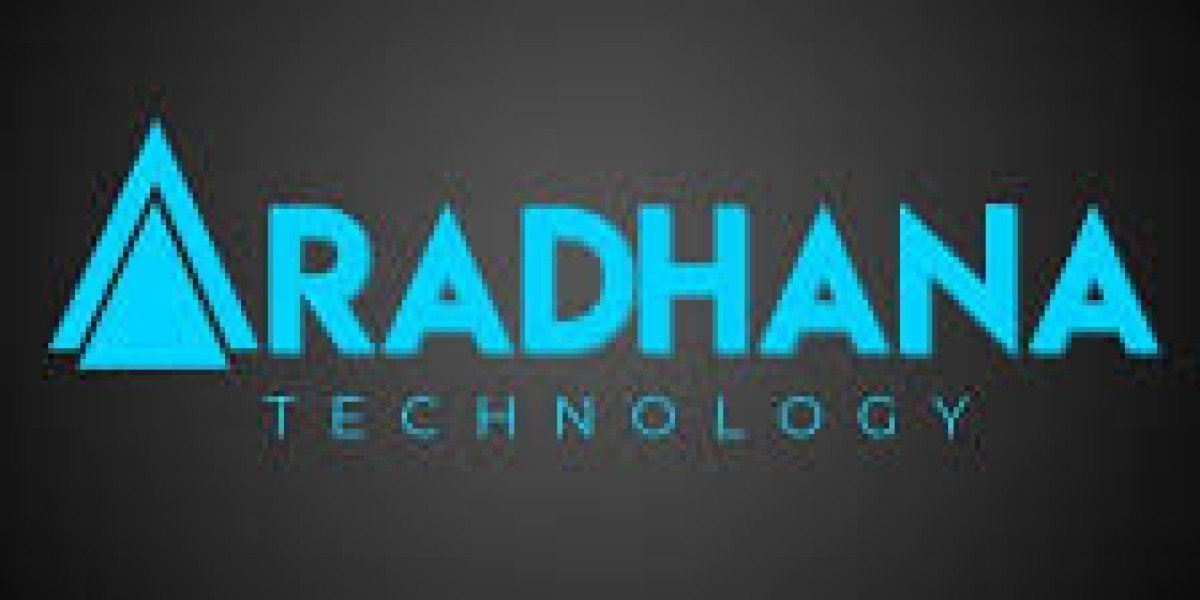In an age where precision is paramount and customization is king, a transformative technology has emerged from industrial workshops into the forefront of design and production: Laser Cutting. This process, which uses a high-powered laser beam to slice through materials with incredible accuracy, is revolutionizing how we create everything from intricate jewelry to massive architectural components.
What Exactly is Laser Cutting?
At its core, laser cutting is a subtractive manufacturing process. A focused beam of light—generated by either a CO2, fiber, or crystal source—is directed through optics and a computer numerical control (CNC) system onto a specific material.
The intense energy of the laser beam either melts, burns, or vaporizes the material along a predetermined path, leaving a clean, high-quality finish. The “CNC” aspect is crucial, as it allows the laser cutting machine to follow a complex digital design (like a vector file) with microscopic precision, ensuring perfect replication every time.
The Unmatched Advantages of Laser Technology
Why has this technology become so popular? The benefits are numerous and significant.
Precision and Complexity: This is the standout feature. Laser cutting can achieve incredibly fine details and complex geometries that are simply impossible with traditional mechanical cutting tools. It produces kerfs (cut widths) as small as a fraction of a millimeter, minimizing material waste.
Versatility: From metals like steel and aluminum to plastics, wood, acrylic, fabric, and even glass, laser cutters can handle a vast array of materials. This makes them indispensable tools across diverse industries.
Speed and Efficiency: The process is exceptionally fast for both prototyping and full-scale production. Once the digital file is loaded, the laser cutting begins immediately, producing parts in minutes rather than hours or days.
Cleanliness and Quality: Unlike sawing or drilling, laser cutting is a non-contact process. The tool never physically touches the material, which eliminates the risk of contamination or mechanical deformation. The laser also seals the edges of certain materials like acrylic, resulting in a beautifully polished, ready-to-use finish.
Applications Across Industries
The reach of laser cutting is vast. In the automotive and aerospace sectors, it’s used to craft precise components with strict tolerances. Architects and interior designers use it to create detailed models, decorative panels, and custom metalwork. Artists and jewelers embrace it to bring intricate designs to life in wood, paper, and precious metals. Even the tech industry relies on it to produce precise internal components for electronics.
The Future is Sharp and Focused
As technology advances, so too does the capability of laser cutting. We are seeing faster speeds, the ability to cut thicker materials, and even greater integration with automated production lines. It has democratized manufacturing, allowing small businesses and individual makers to access production-grade technology.
Laser cutting is more than just a tool; it is a gateway to innovation, enabling the creation of the precise, complex, and beautiful objects that define our modern world.




